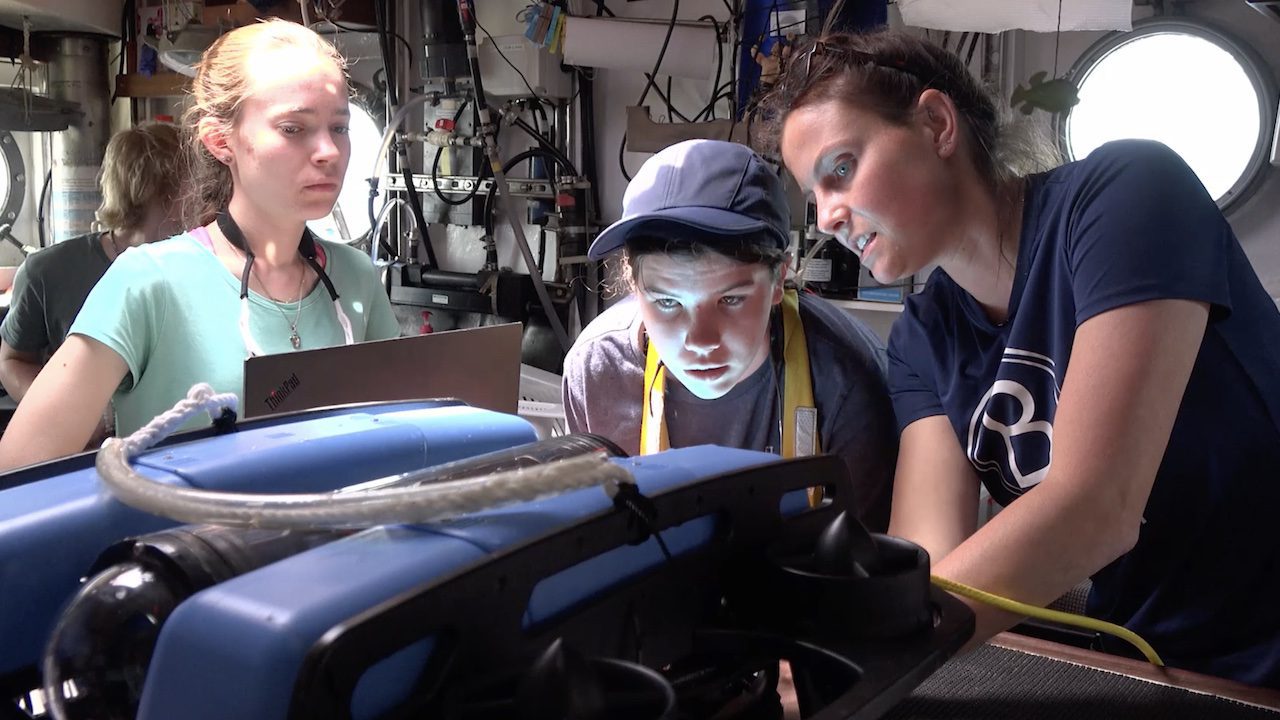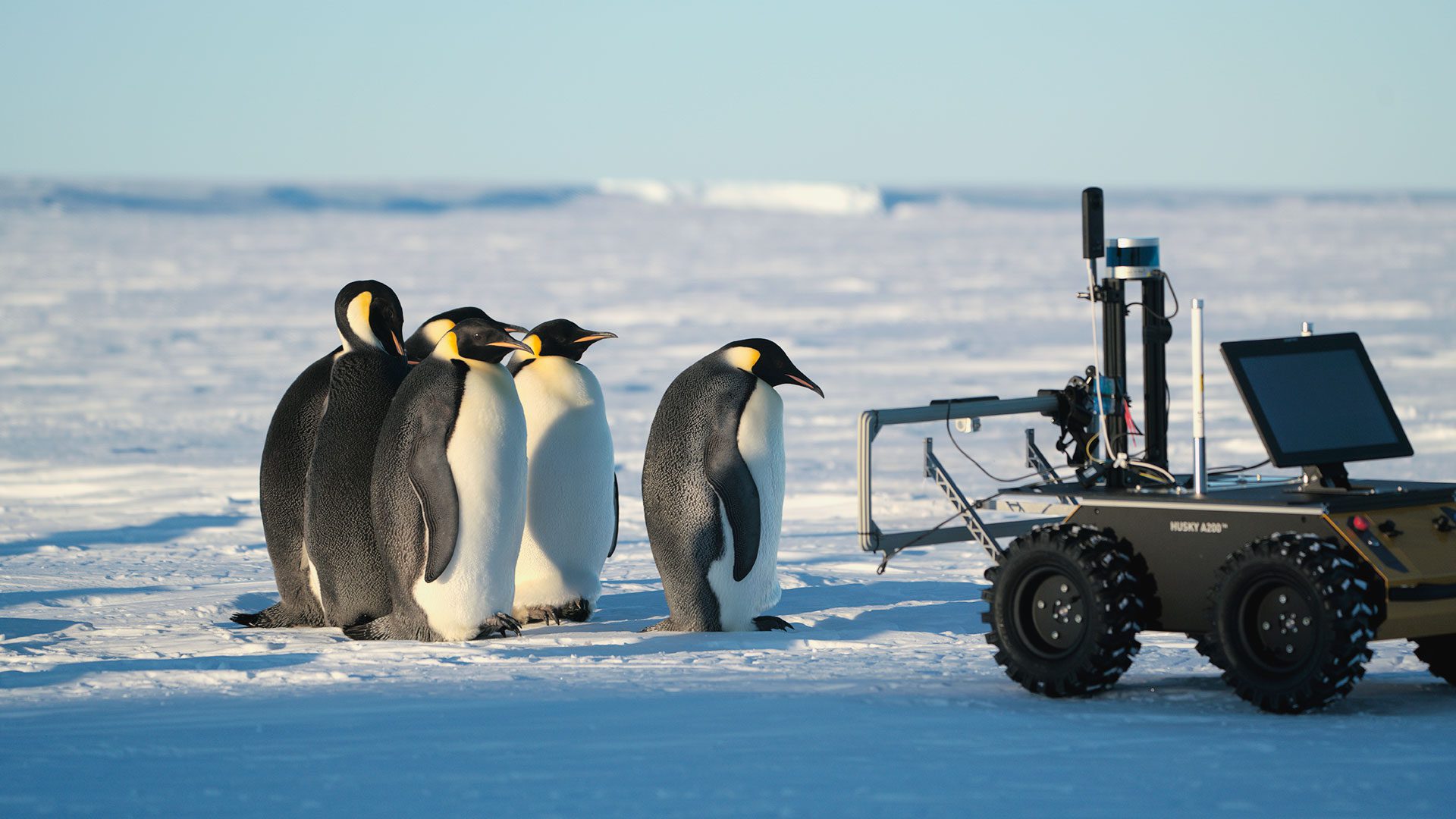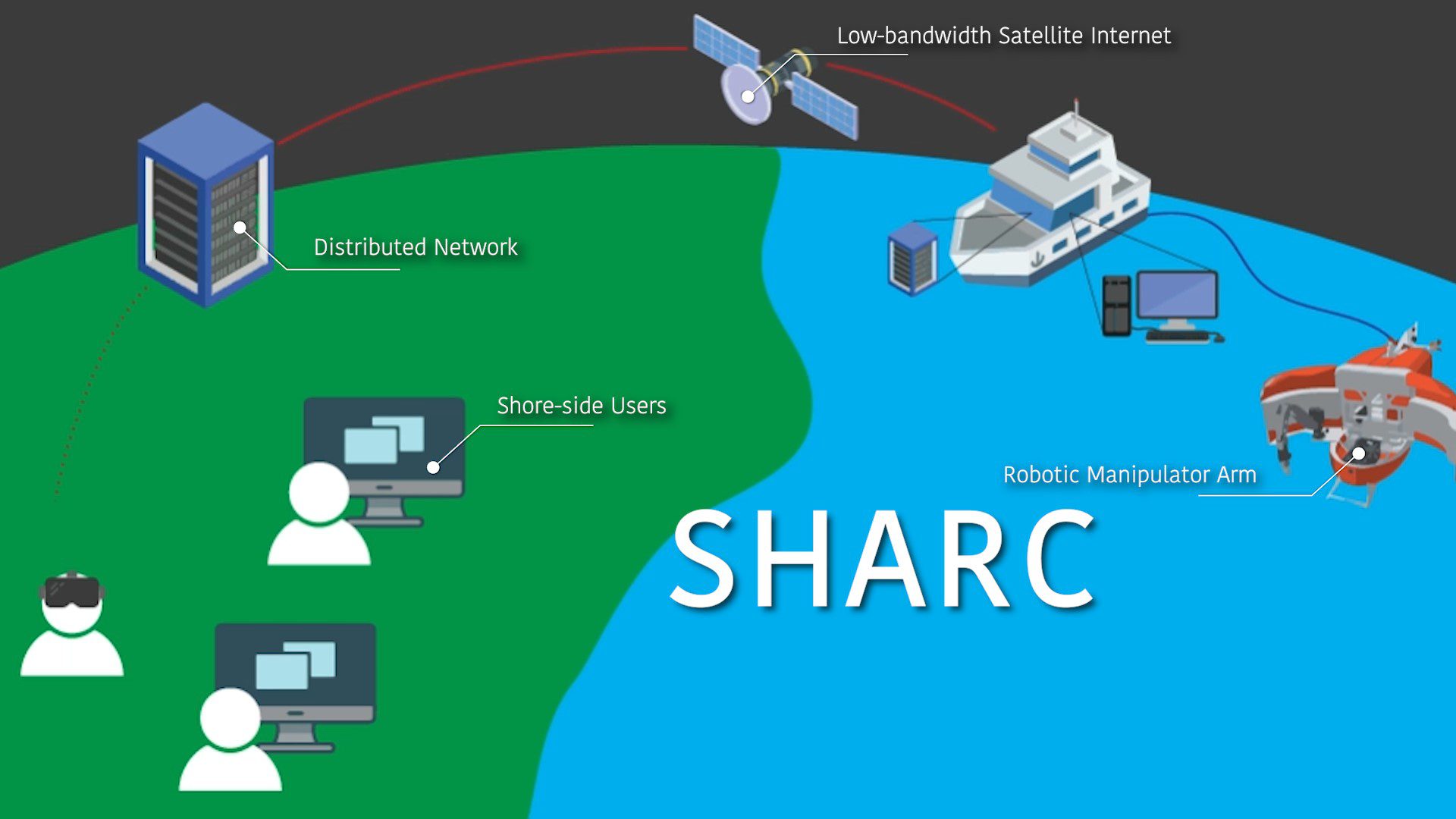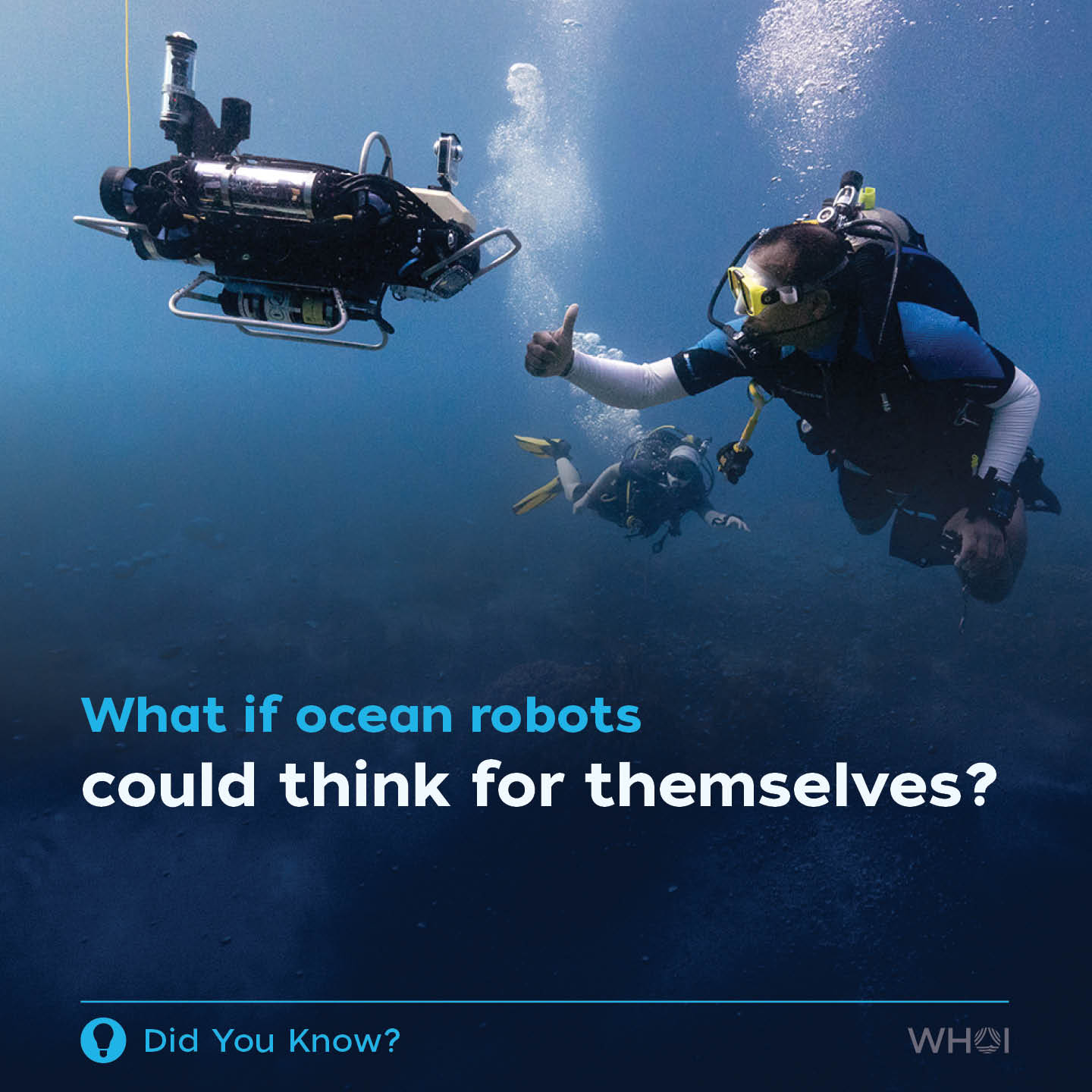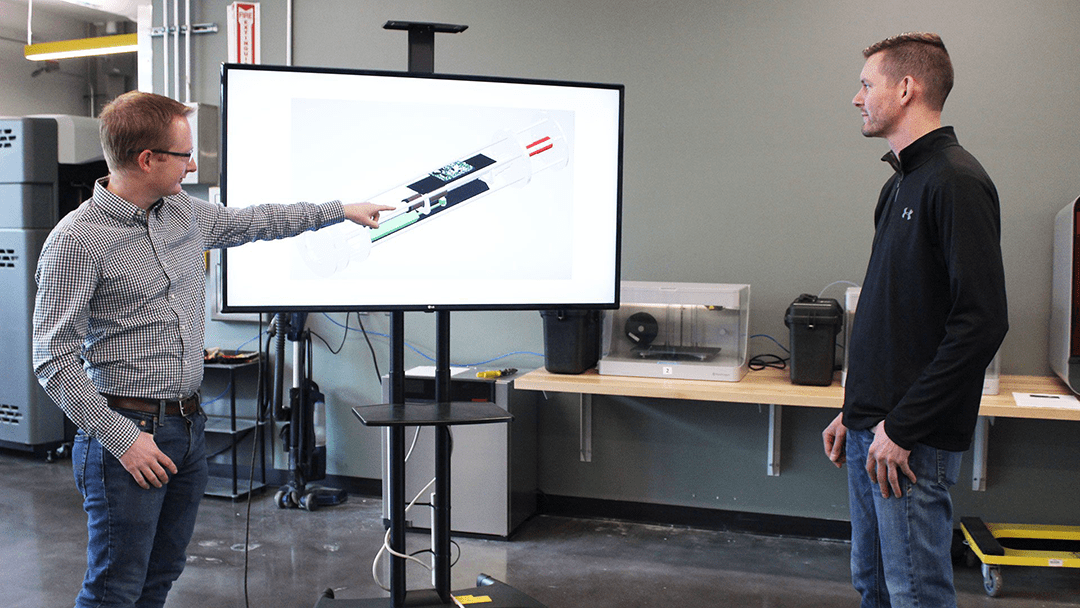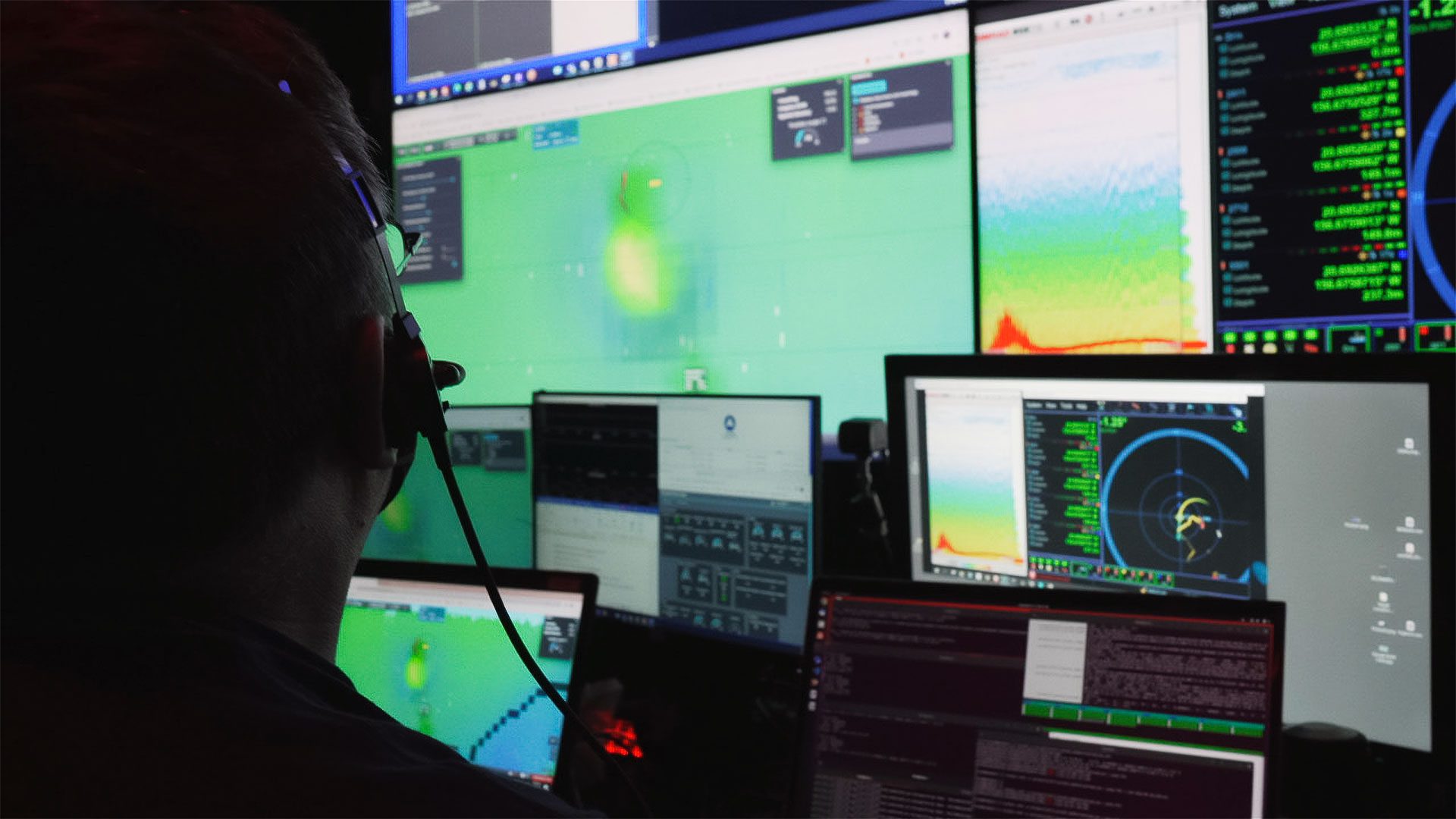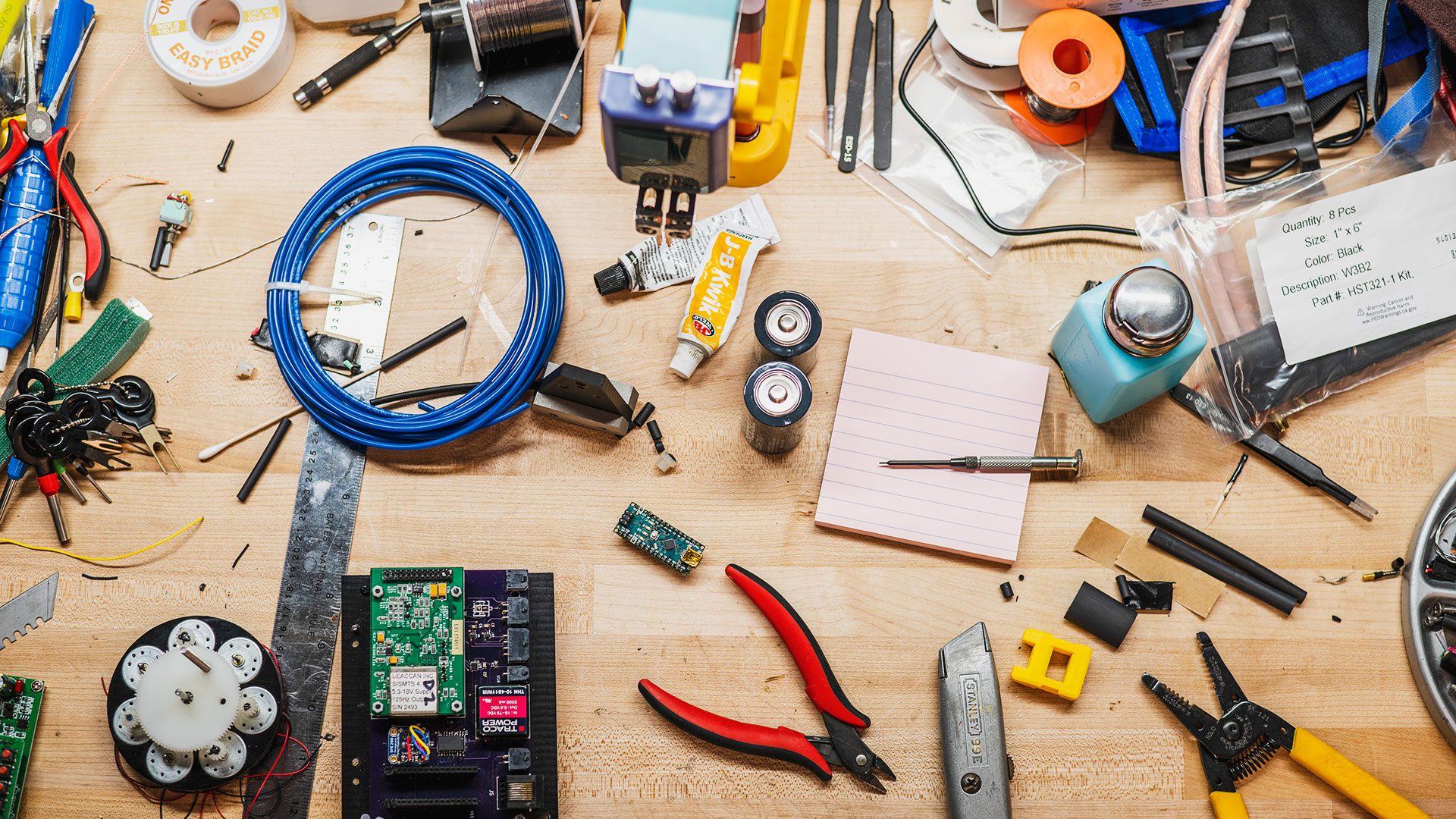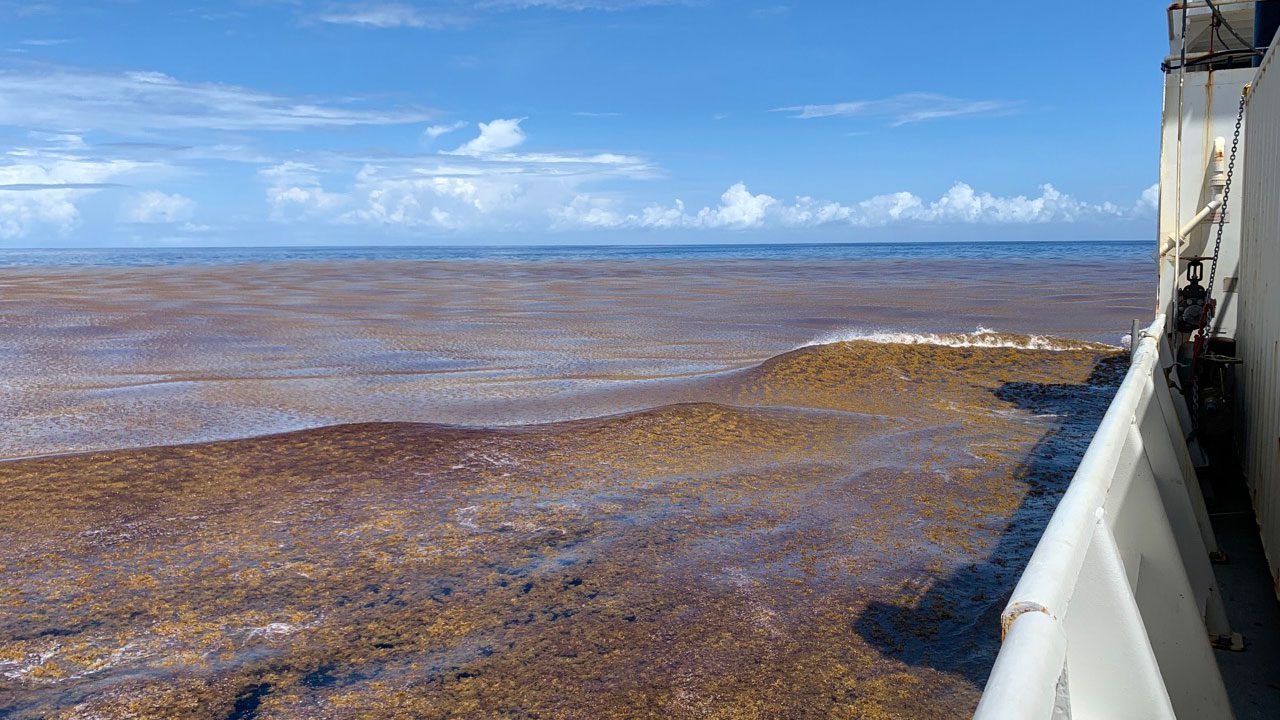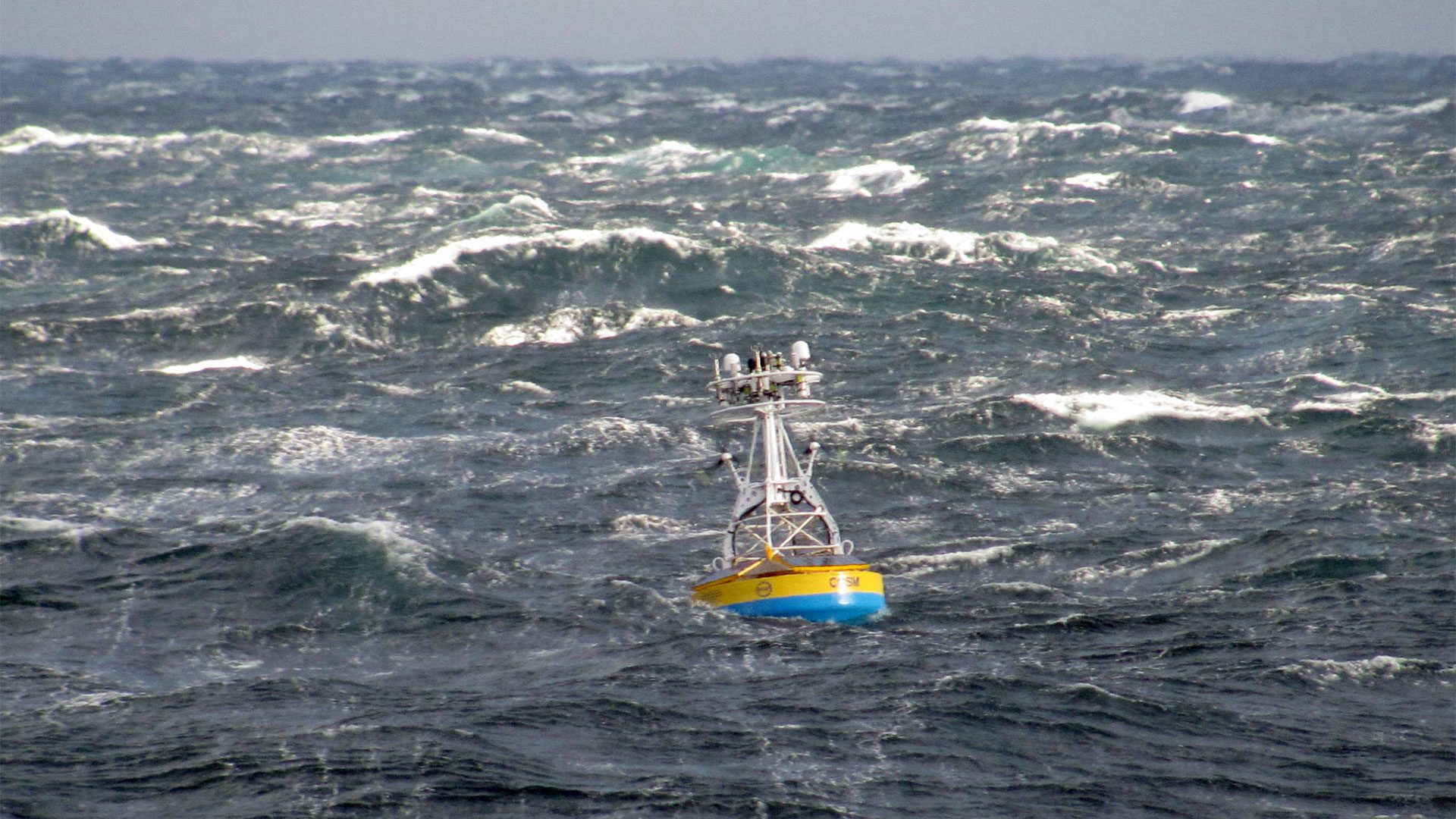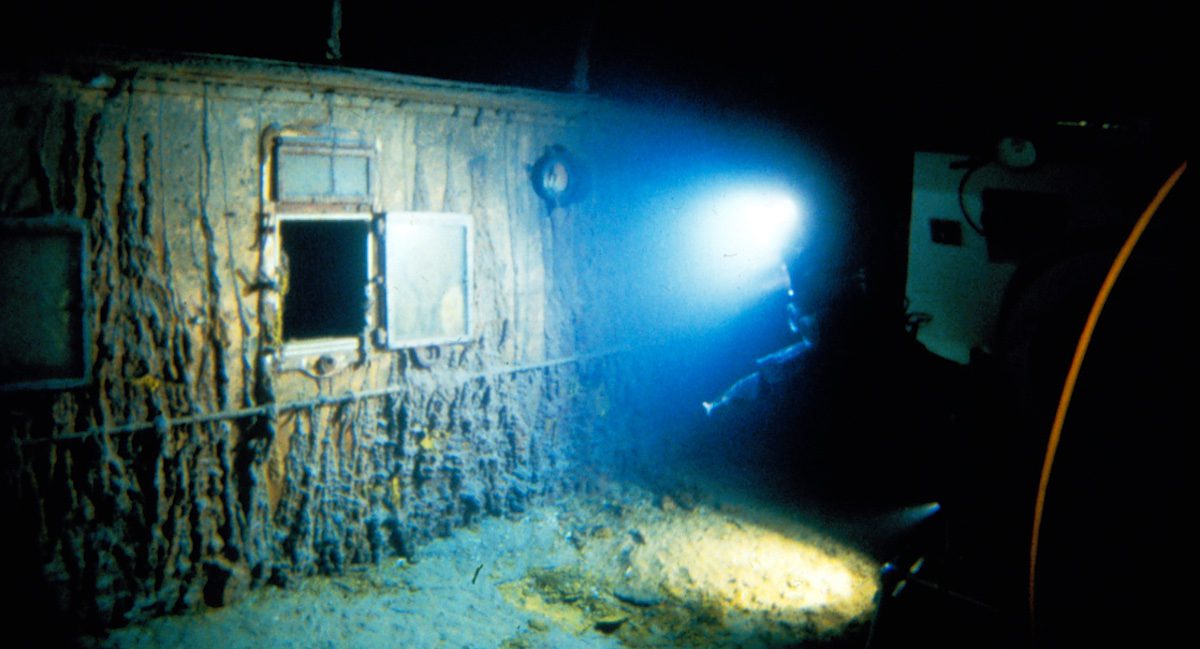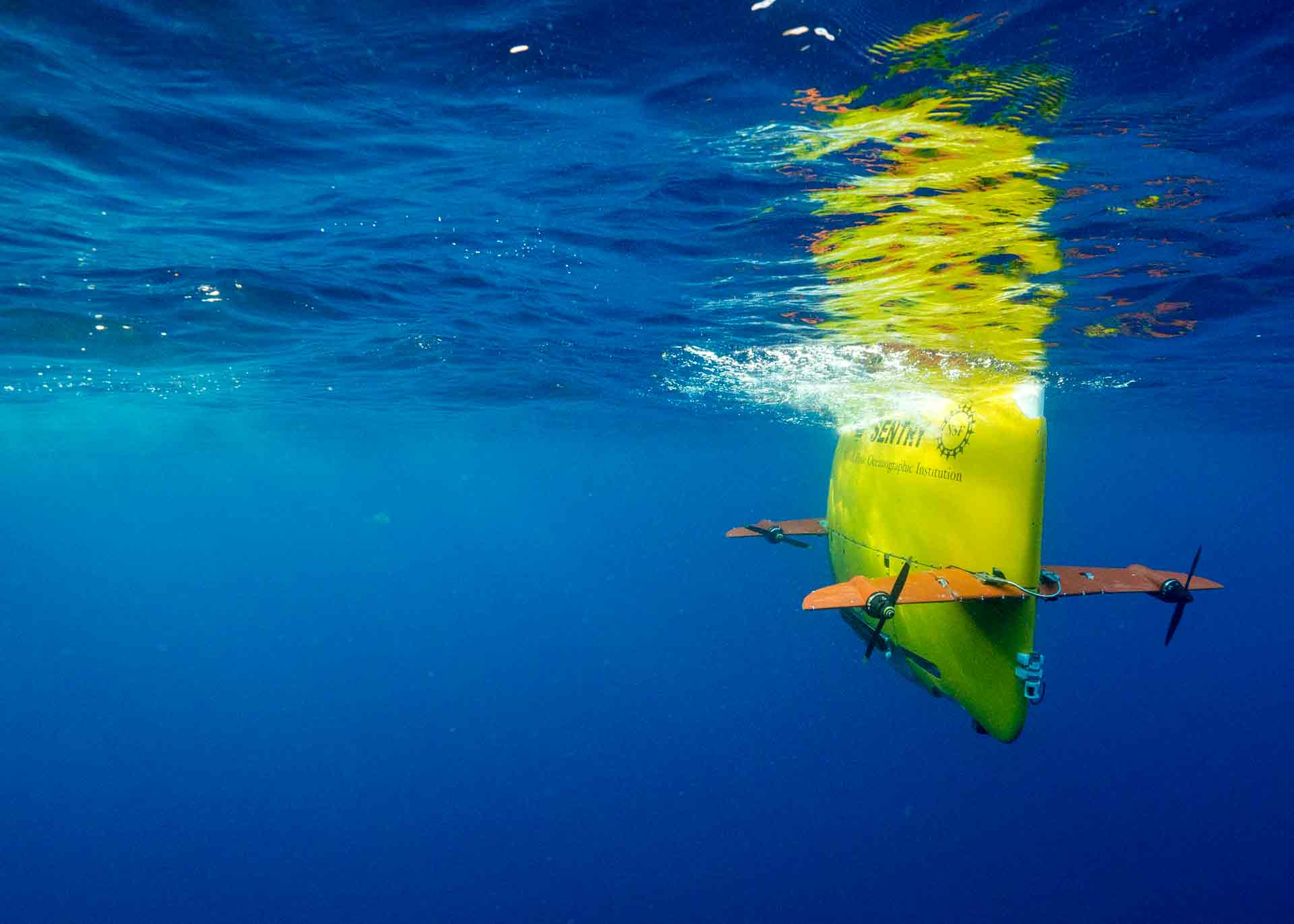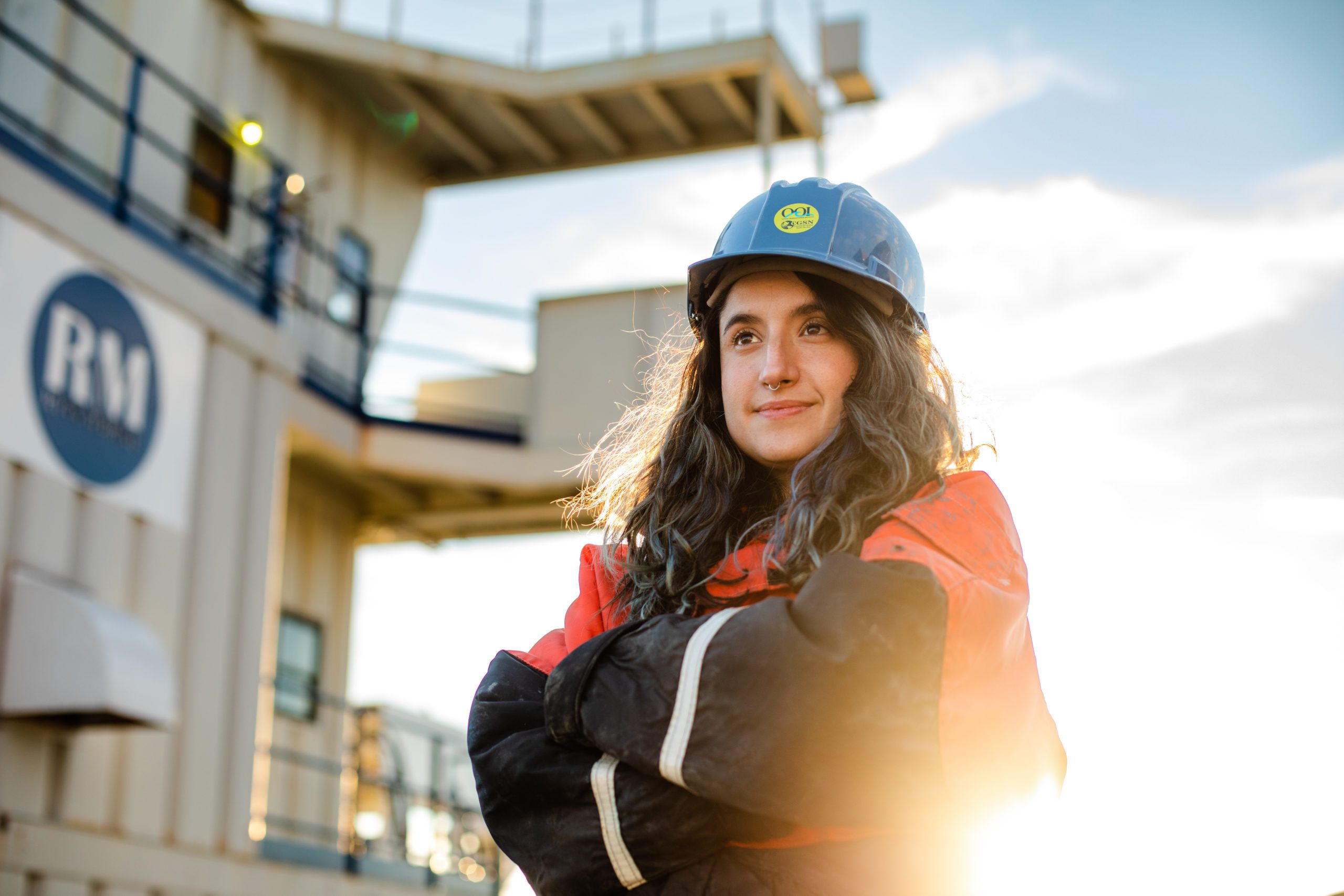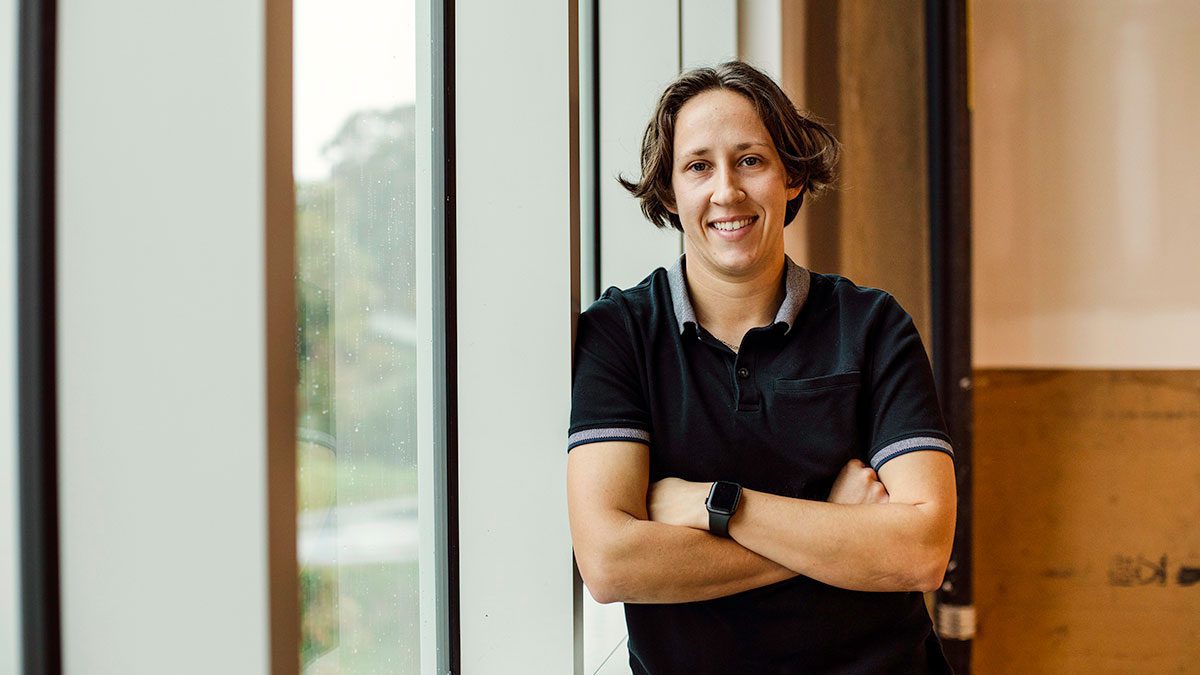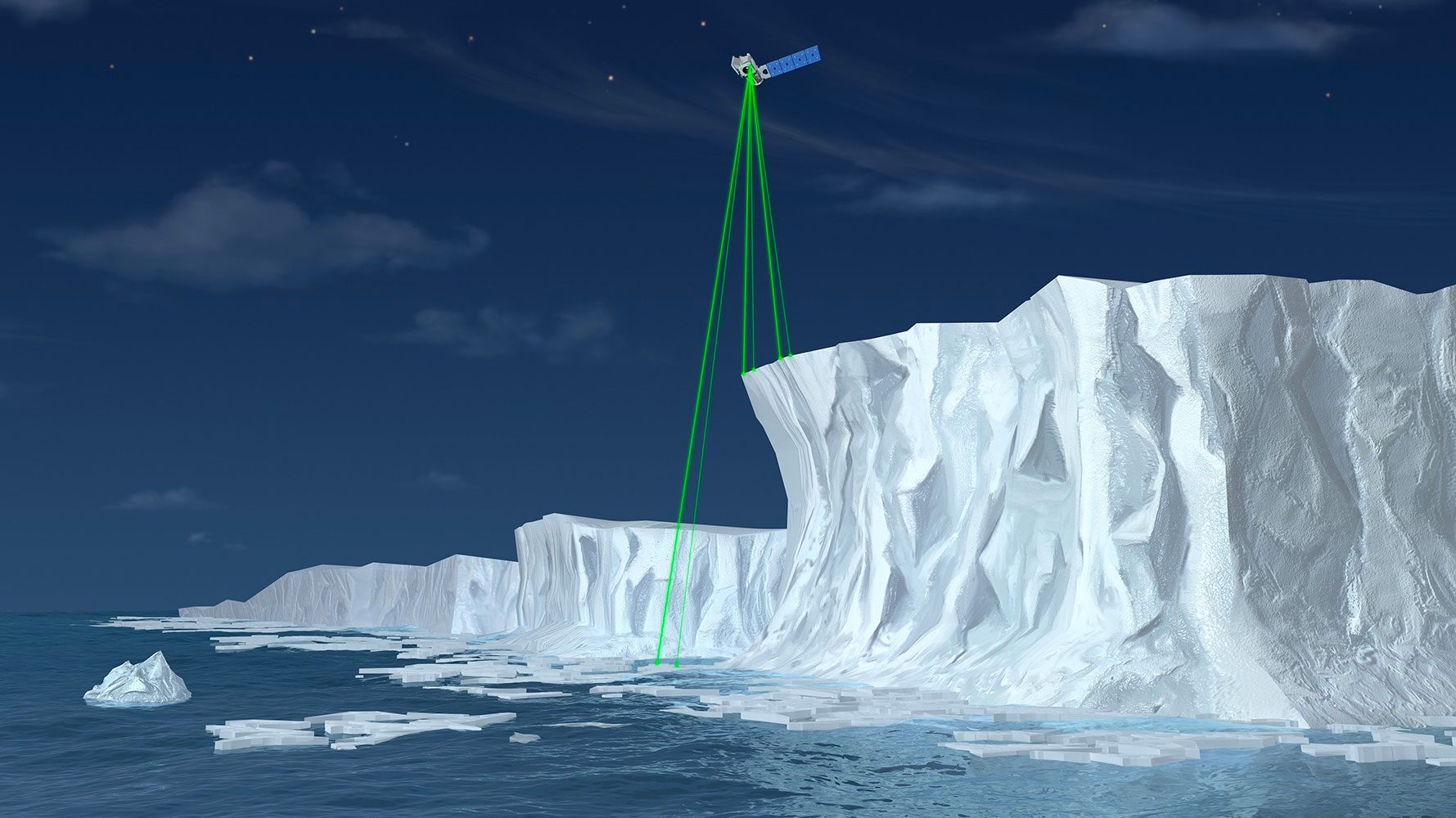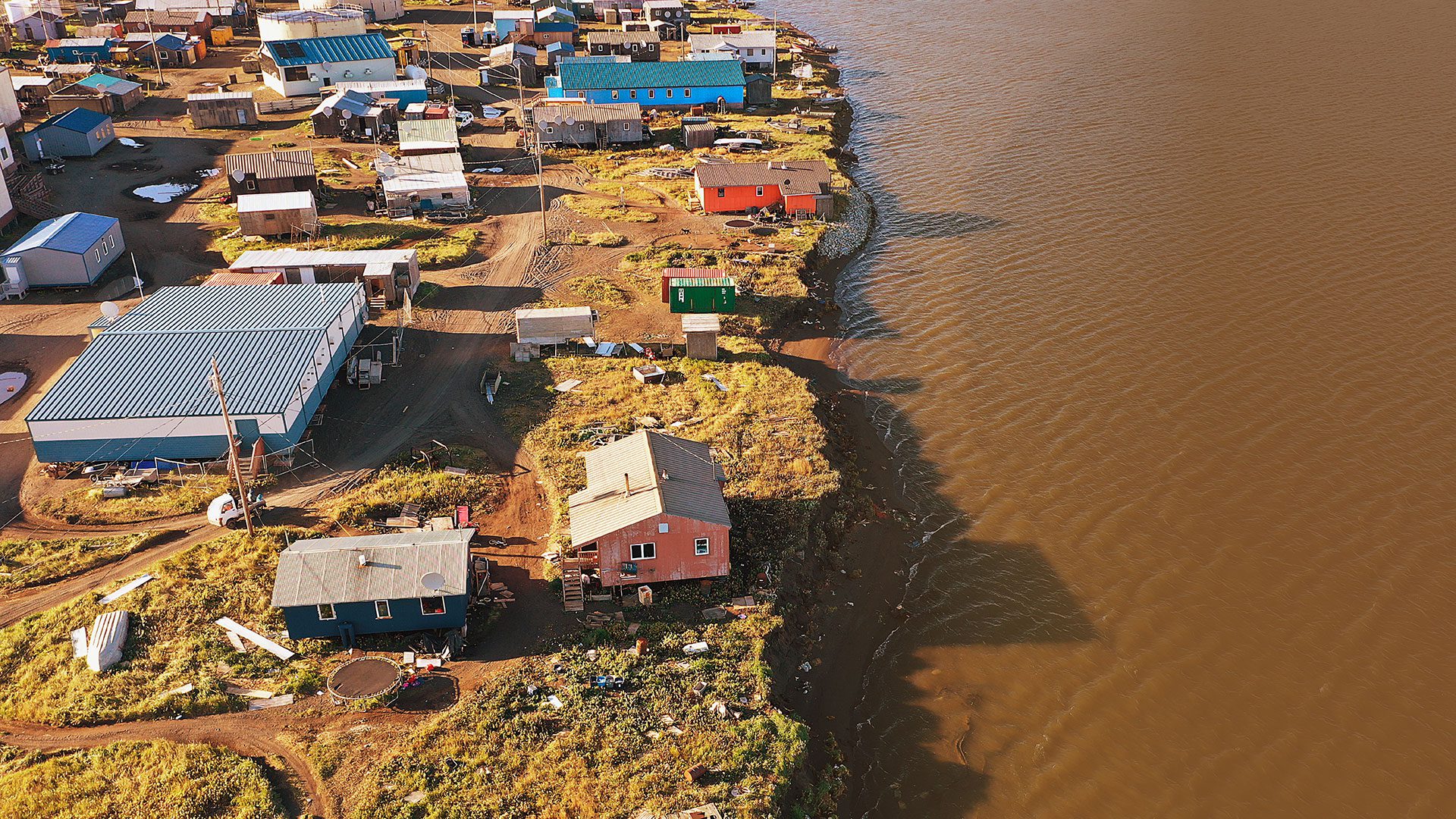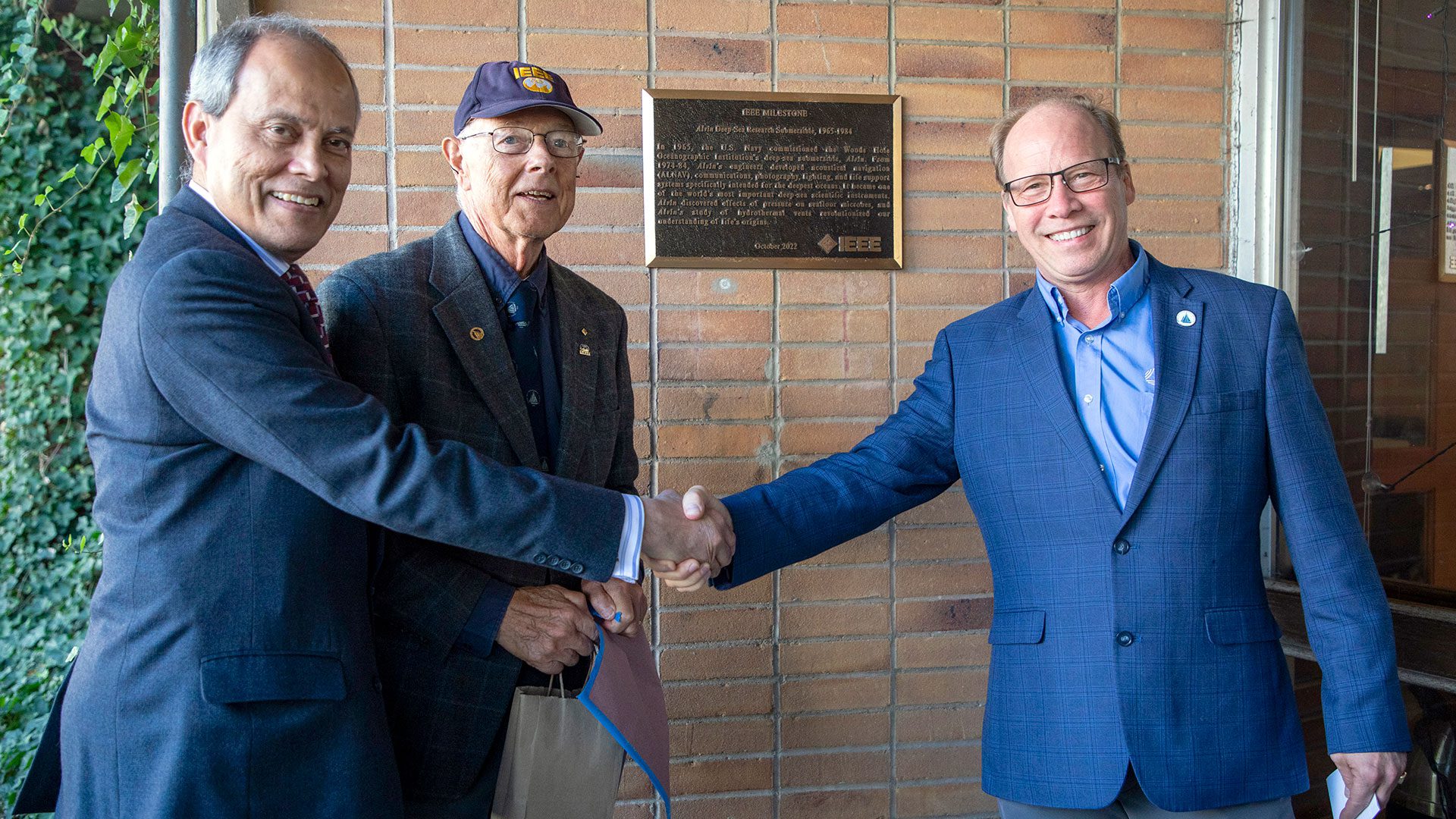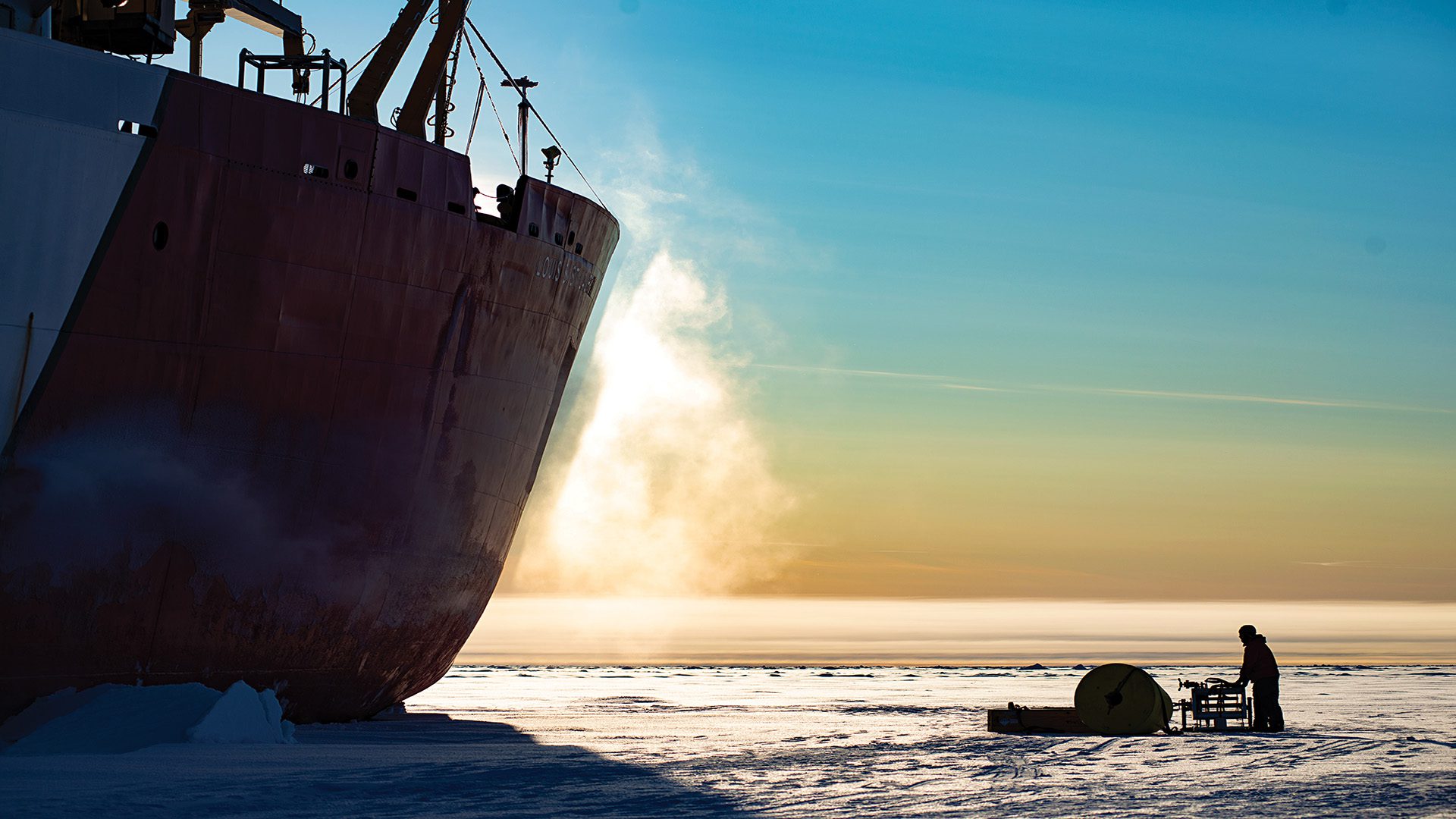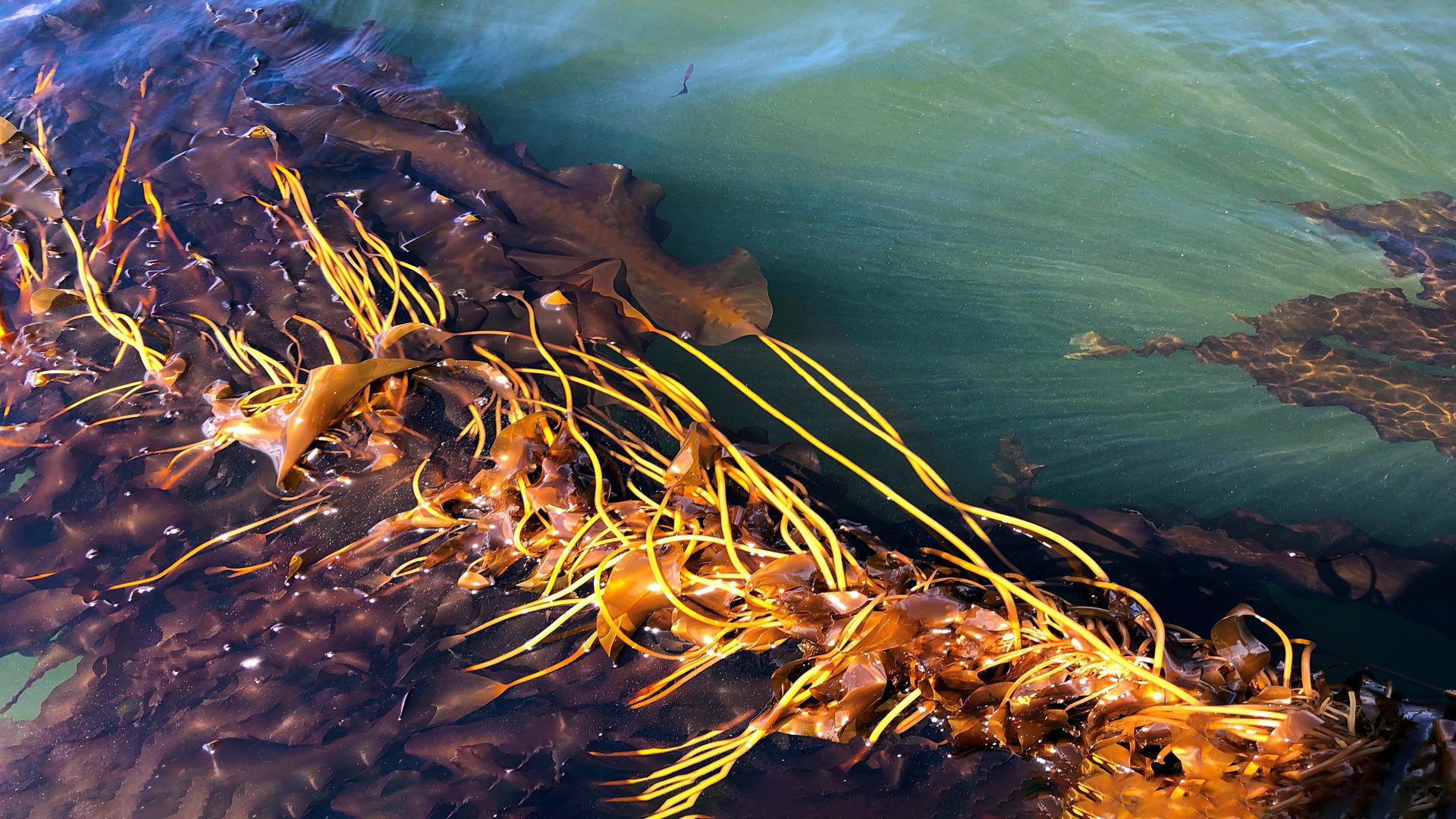Applied Ocean Physics & Engineering
WHOI robotics class sets sail
High school students set sail with WHOI to explore ocean robotics over spring break.
Read MoreUp close and personal
Ocean robots work alongside marine animals to study their behavior
Read MoreA new framework for oceanographic research
The Shared Autonomy for Remote Collaboration (SHARC) framework “enables remote participants to conduct shipboard operations and control robotic manipulators.
Read MoreDid you know ocean robots use AI?
Did you know that Artificial Intelligence (AI) can help us learn more about the ocean? Next-gen robots equipped with AI can cover more area, gather more data, and make decisions…
Read MoreAn undersea profiling robot
Sea-going robots can travel on their own for weeks at a time, gathering critical information that helps us understand things like the ocean’s carbon cycle. But despite their considerable powers,…
Read MoreGroup Chat
Underwater robots communicate in text-like fashion off the coast of Oahu
Read MoreTechnology Hatchery
The latest robotics projects happening inside the George and Wendy David Center for Ocean Innovation
Read MoreA throwback to ABE
The OG autonomous seafloor robot
Read MoreHardwired to love
Ocean engineers discuss our emotional connection with robots
Read MoreWoods Hole researchers use robot to study endangered emperor penguins
The Great Atlantic Sargassum Belt
Opportunistic sampling shows geographic scope of distribution, offer some of the first sampling opportunities
Read MoreOOI‘s Pioneer Array Relocating to Southern Mid-Atlantic Bight
Ocean Observatories Initiative‘s Pioneer Array Relocating to Southern Mid-Atlantic Bight
New location offers opportunities for new science observations with continued open access
Read MoreNewly released video shows Titanic wreckage before decades of deterioration
Woods Hole Oceanographic Institution releases rare video footage from the first submersible dives to RMS Titanic
In the submersible Alvin, the mission was the first time humans set eyes on the wreck since it sank nearly 75 years earlier.
Read MoreHow does Sentry know where it is?
New smarts keep the autonomous vehicle on track
Read MoreNew Species Of Deep-Sea Fish Discovered Off Costa Rica
From Northern California to Ocean Engineer
OOI engineer Irene Duran’s life took her from a dry, hot California town to a career where preparing for inclement weather is part of the job
Read MoreSargassum serendipity
A surprise find connects MIT students working on solutions for a harmful algal bloom in the Caribbean
Read MoreWhen will Antarctica’s ice cliffs come crashing down?
Researchers challenge their own assumptions to improve sea-level rise predictions
Read MoreLiving on the edge
Science faces off with an increasingly volatile coast
Read MoreWoods Hole Oceanographic Institution honored with IEEE Milestone for Technical Innovation and Excellence
HOV Alvin recognized as one of world’s most important deep-sea scientific instruments
Read More5 essential ocean-climate technologies
In the race to find solutions to our climate crisis, these marine tools help us get the data to make informed decisions
Read MoreWoods Hole Oceanographic Institution receives Seagriculture Innovation Awards
Woods Hole Oceanographic Institution (WHOI)-led teams earned Gold and Silver Innovation Awards for seaweed solutions projects, presented at the first annual Seagriculture Conference USA 2022 in Portland, Maine.
Read More
